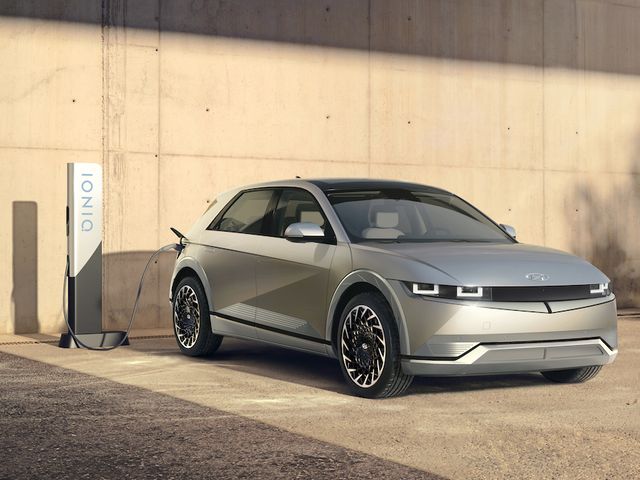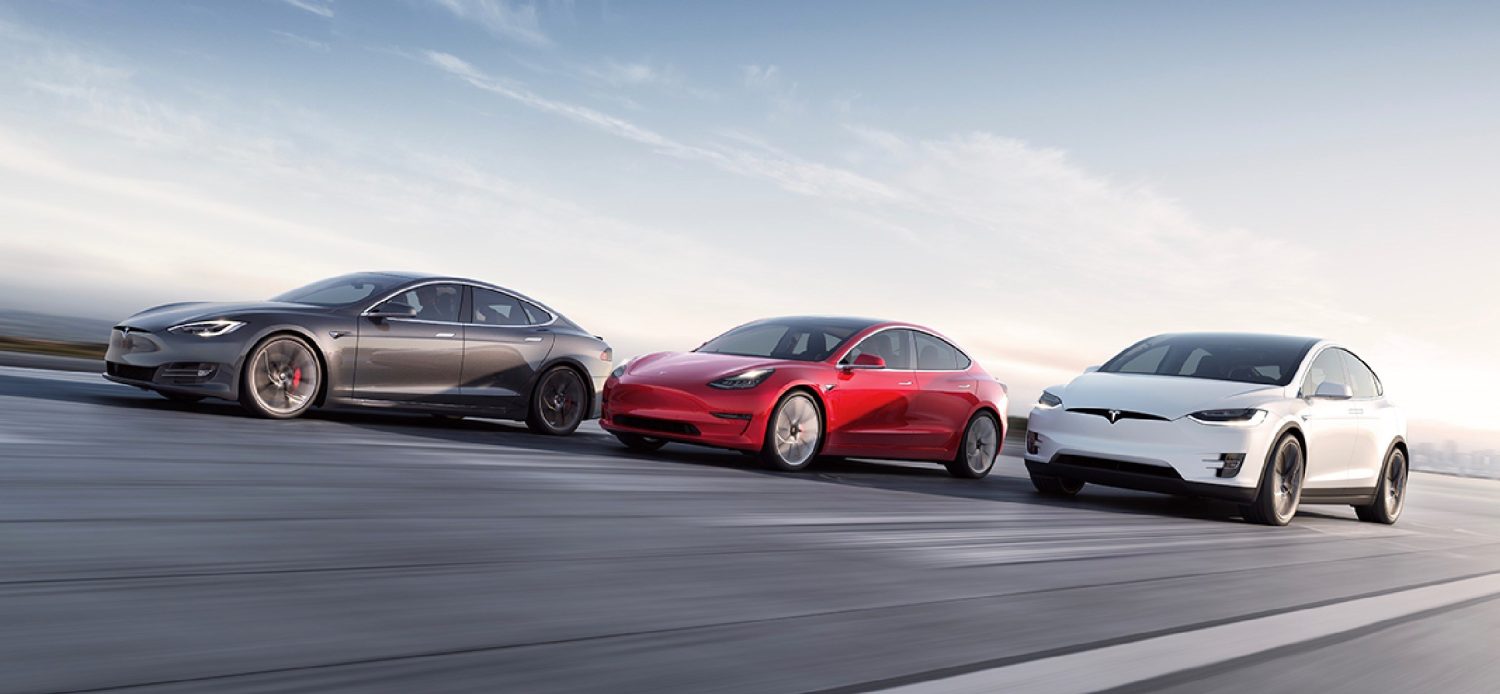As the world pivots towards more sustainable transportation solutions, the debate surrounding hydrogen cars and battery electric vehicles (BEVs) intensifies. Hydrogen cars represent an intriguing alternative to electric vehicles, each with their unique benefits and challenges. This article delves into the functional distinctions between hydrogen cars and BEVs, examines the current landscape of the automotive industry, and speculates on the future of these technologies in our quest for cleaner transportation.
Understanding Hydrogen Cars
What Are Hydrogen Cars?
Hydrogen cars are vehicles powered by hydrogen fuel cells, which generate electricity to drive the car’s motor. The power is derived from a chemical reaction between hydrogen and oxygen, producing water as the only byproduct. Like traditional gas stations, hydrogen refueling stations are required to provide the necessary fuel, leading to a network that parallels that of gasoline fueling systems.
The Mechanics of Hydrogen Fuel Cells
The hydrogen fuel cell works similarly to traditional batteries used in electric vehicles. However, instead of storing energy in batteries, hydrogen cars convert stored hydrogen gas into electricity on demand. This process involves storing hydrogen gas in high-pressure tanks within the vehicle, which then feeds into the fuel cell stack, where the energy conversion occurs.
Comparing Hydrogen Cars and Battery Electric Vehicles (BEVs)
Storage and Energy Source
The primary difference between hydrogen cars and BEVs lies in how energy is stored and used. BEVs store electrical energy in large batteries, while hydrogen cars generate electricity on-the-go through a fuel cell. This distinction impacts performance, refueling times, and operational ranges.
Refueling and Charging Infrastructure
- Hydrogen Cars: Refueling a hydrogen vehicle is similar to filling a gas tank. It usually takes about 5 minutes to refill, providing a driving range comparable to traditional gasoline cars. However, the availability of hydrogen refueling stations is still limited, which poses a significant barrier for widespread adoption.
- BEVs: Charging times for electric vehicles vary widely; fast-charging stations can charge a vehicle to 80% in about 30 minutes, while home charging can take several hours. Electric vehicle infrastructure is growing rapidly, with more charging stations appearing in urban and rural areas.
Environmental Impact
Both hydrogen cars and BEVs offer significant advantages over traditional fossil fuel vehicles in terms of emissions. However, the source of the hydrogen plays a crucial role in determining the ecological impact. Currently, much of the hydrogen produced is derived from natural gas, which involves carbon emissions in its extraction process. Conversely, BEVs are only as clean as the source of their electricity.
The Current Landscape of Hydrogen Technology
Advancements in Hydrogen Fuel Cell Technology
Significant strides have been made in hydrogen fuel cell technology, making it more efficient and accessible. Several major automotive manufacturers, including Toyota, Honda, and Hyundai, are investing heavily in developing hydrogen vehicles. However, building a comprehensive hydrogen infrastructure remains a daunting task, requiring substantial investment and coordination with governments and energy providers.
The Role of Government Policies
Government initiatives worldwide are essential in fostering both hydrogen and electric vehicle markets. Incentives such as tax credits, subsidies for infrastructure development, and research grants can accelerate the adoption of hydrogen technology. Countries like Japan and Germany are leading the way in this respect, championing hydrogen as a cornerstone of their future energy strategies.
Challenges Facing Hydrogen Cars
Infrastructure Limitations
The success of hydrogen cars is tightly linked to the development of a robust refueling infrastructure. Currently, the number of hydrogen stations is far less than electric charging stations, making it challenging for consumers considering a transition to hydrogen vehicles.
Cost and Production Challenges
Producing hydrogen fuel remains largely expensive, particularly green hydrogen produced through renewable energy sources. Reducing production costs and enhancing efficiency in hydrogen extraction are critical factors that need to be addressed to make hydrogen cars a viable long-term solution.
The Future of Hydrogen Cars and Electric Vehicles
Can Hydrogen Cars Replace Electric Cars?
The future of hydrogen vehicles and electric vehicles may not hinge on one replacing the other but rather coexisting as complementary technologies. Each has its unique advantages suited to specific applications. For example, hydrogen may excel in long-range transportation, such as heavy-duty trucks and public transit, while BEVs may be ideal for personal vehicles in urban settings.
Emerging Markets and Innovations
As technologies evolve and consumer preferences change, both hydrogen and electric vehicles will continue to gain traction. Innovations in battery technology, energy storage, and renewable energy sources will shape future developments, and it’s likely that advancements in both fields will push the automotive industry toward greener solutions.
Conclusion
Hydrogen cars present an exciting and sustainable alternative to battery electric vehicles, each with its own set of advantages and challenges. The current debate surrounding their potential to replace electric cars highlights the complexity of the transition to greener transportation. In the end, rather than viewing these technologies as competitors, it may be more beneficial to embrace a multifaceted approach that incorporates both hydrogen and electric vehicles into our transportation ecosystem.







